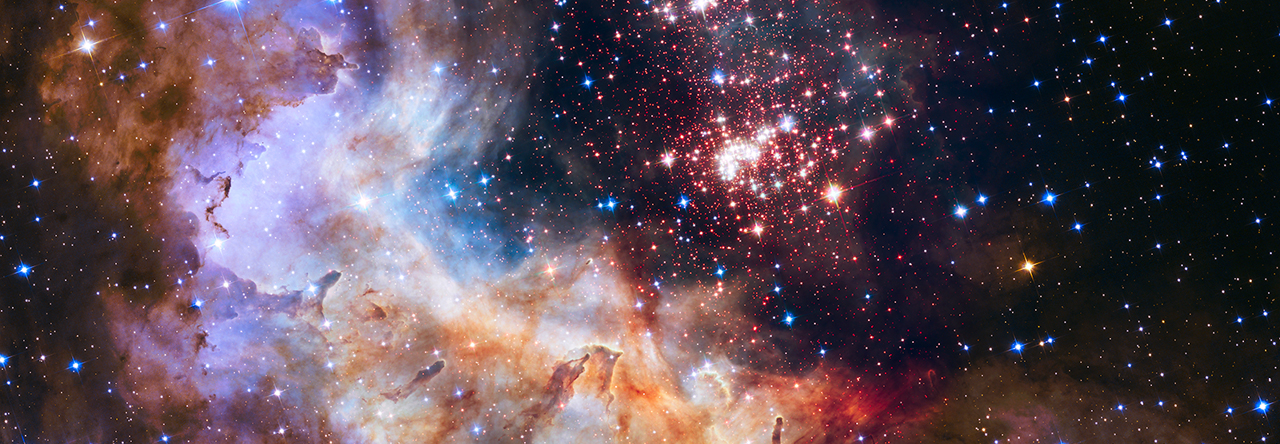Nothing in the universe is truly random; reality is governed by cause and effect (at least on a macro scale). But many aspects of life appear random because we don’t have infinite knowledge or perception. There are also domains that we understand but are unable to choose or influence (such as the genes we’re born with or the interests we’re drawn to), so they might as well be random.
Sometimes we refer to the random-appearing events that happen to people as luck. Everyone has good luck and bad luck. Bad luck might manifest as illness, relationships gone sour, unemployment, investment losses, or freak accidents. Good luck might manifest as marrying well, gambling winnings, a perfect job offer, an abundance of friends, or great genetics.
Looking at these lists, it’s obvious that at least some of these things are partially within our control. Good health habits can prevent or mitigate many illnesses. Good communication skills can save a marriage.
On the other hand, bad things do happen to good people making good decisions. People are born into bad situations (war-torn countries, abusive families, etc.). Natural disasters can occur out of the blue. A drunk driver might take you out on the freeway. Some things are just completely out of our control, like the DNA within our cells (at least until we enter the science fiction realm of genetic self-determination).
So how can we best navigate the realm of luck? How can we exploit that wiggle room between “clearly within our realm of influence” and “completely out of our control”?
Read More
